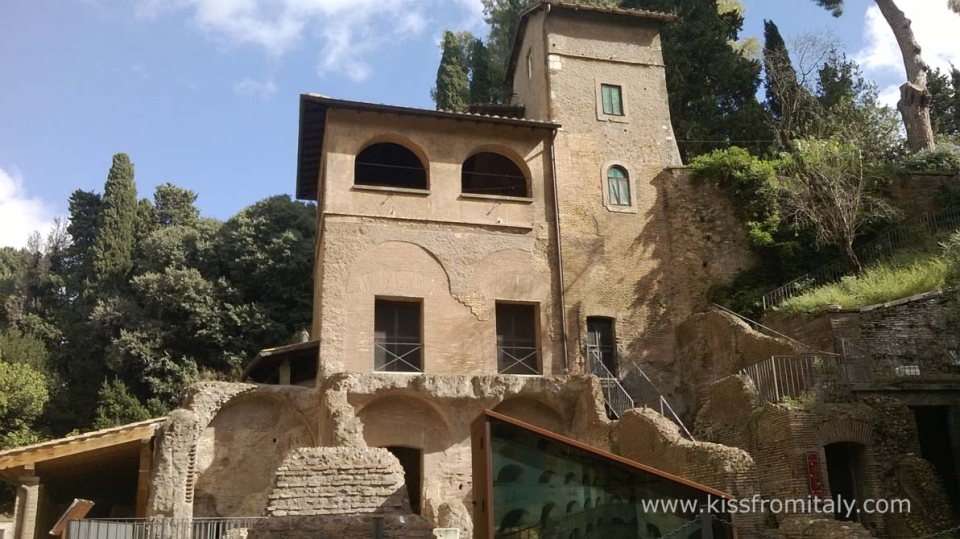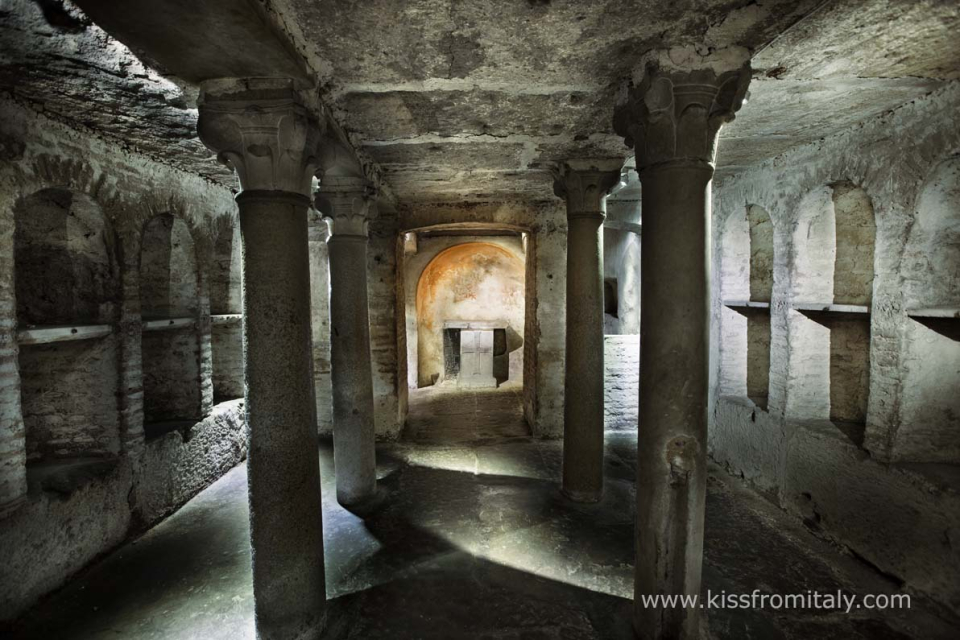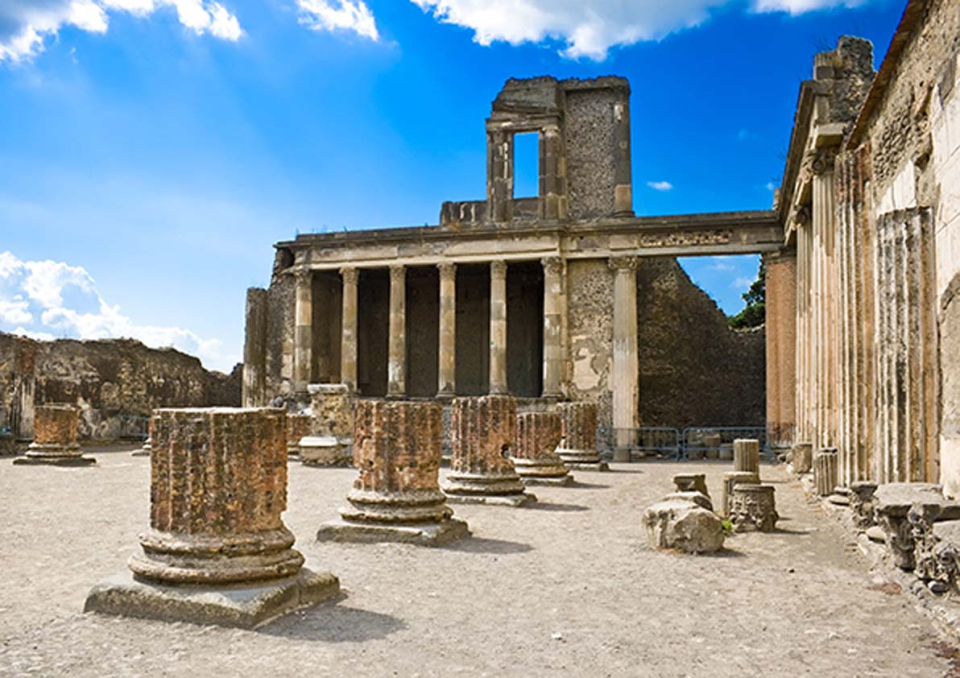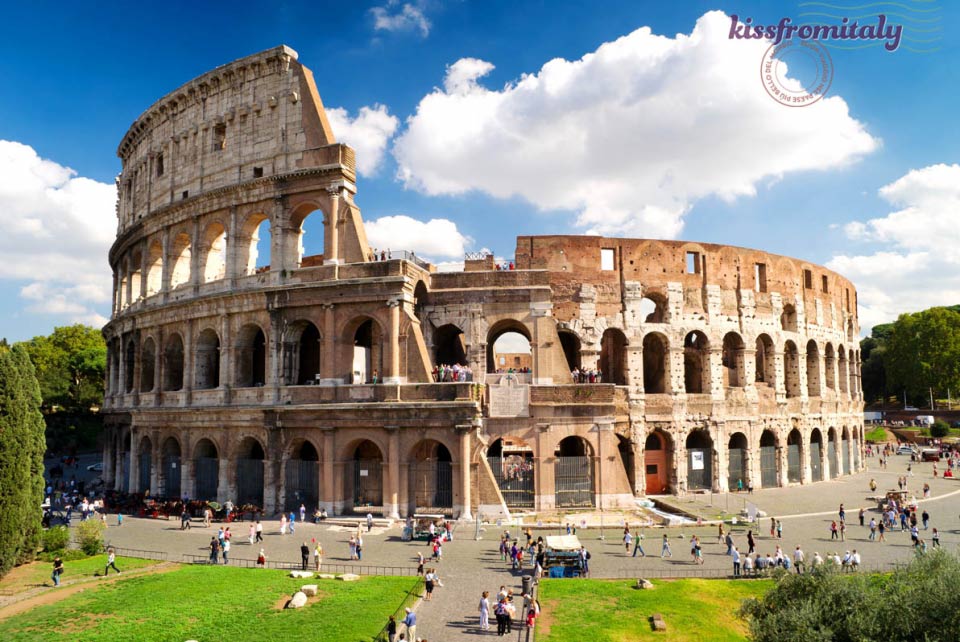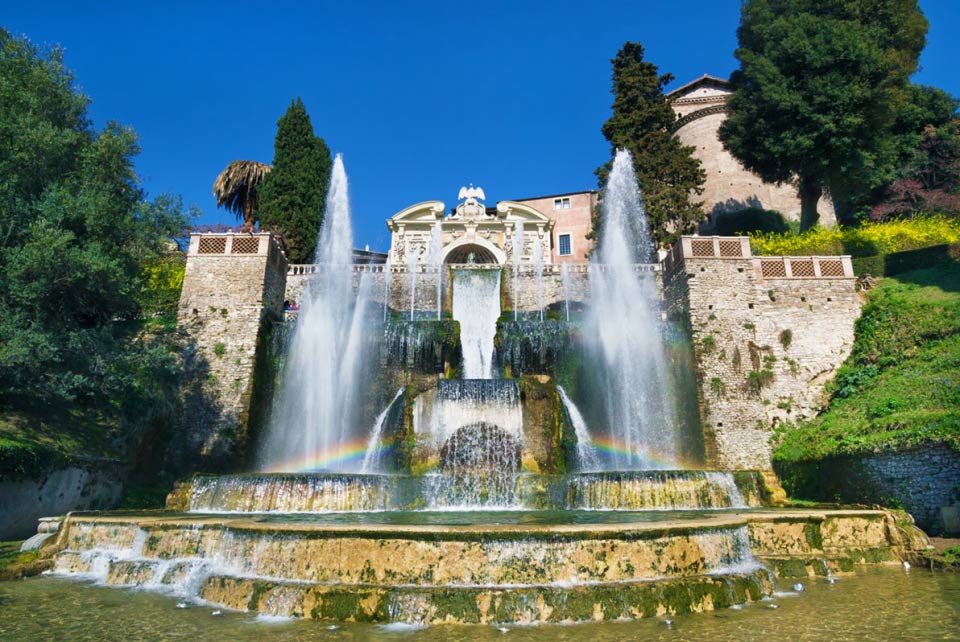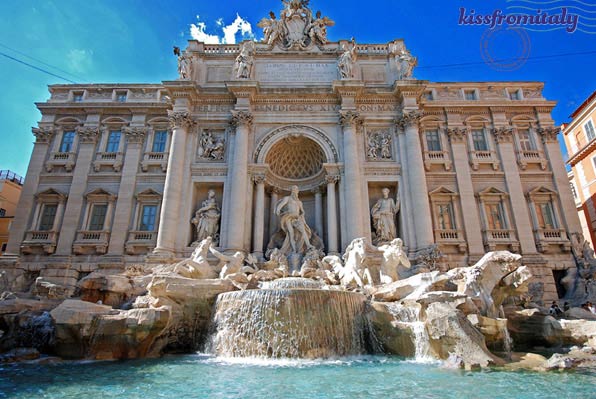
Rome's Vast Underground Crypts Show a Glimpse of the Early Christians
In Rome today the past seems to co-exist seamlessly with the present, eras layered one on top of the next, each one allowed to shine through and tell it’s story. The eternal city proudly displays both her classical and Christian heritage, and when you can see classical Roman gods sculpted in marble in the Vatican before buying a rosary blessed by the Pope, it’s hard to imagine a time before the seemingly ever-present influence of The Church in the Capital of the World.
To learn about the early Christians from before the year 380 when Christianity became the state religion, one needs to venture underground, outside of the old historic center. The Pagan practice of the time was the cremate the dead, but early Christians, believing in resurrection after death, preferred burial. Since Roman law forbade burial within the city walls, and few Christians had the means to buy land for burial, they dug deep networks of tunnels on the outskirts of the city.
Gallery
The Appian Way
Via Appia Antica, or "The Appian Way" was one of the most important roads of Ancient Rome, connecting the republic to modern-day Northern Italy. The road fell out of use after the fall of the Western Roman Empire, but today it is a popular tourist attraction, and contains a 39-mile stretch of straight road, the longest in Europe.
It was along this road, just outside the confines of the city center, that early Christians excavated catacombs for their deceased loved ones. Today you can visit portions of these vast catacombs and see first-hand how ancient Christians honored their dead.
The Basilica and Catacombs of St Sebastian
The Basilica of St Sebastian, officially called "San Sebastiano fuori la mura," which means "Saint Sebastian outside of the walls" is found along the Appian Way outside of the Aurelian Walls. It is named after the popular 3rd century Saint, whose remains are still here, along with one of the arrows that is said to have killed him. But the even more fascinating attraction is the Catacomb on top of which the Basilica was built.
Although we don't know exactly when the Catacombs of St Sebastian were constructed, they may well be the first, and it is from them that we get the term "Catacomb" in the first place. They were first called "ad catacumbas" which roughly translates to "near the hollows," most likely referring to the mines nearby. Over time this became the term for underground cemeteries in general. The Catacomb of St Sebastian is among the smaller of the catacombs, but still has almost 7 miles of underground passageways.
Read more about the Catacombs of St Sebastian here
The Catacombs of St Callisto
One of the attractions to be found along the Appian Way is the Catacomb of St. Callixtus, known as St Callisto in English. Here there were once the tombs 16 Popes and 50 Martyrs. One of the most famous areas of the catacomb is The Crypt of the Popes, which once held the tombs of 9 Popes from the 2nd and 3rd centuries.
When the Barbarians descended on Rome, the Church ordered the relics of Saints and Martyrs to be relocated above ground into the churches and cathedrals where they could better be kept safe. As they fell out of use, this and most of the Catacombs also fell out of memory, and during the middle ages were all but completely forgotten.
Rome is full of fascinating history as well as unknown secrets, and visiting sites like the Catacombs of St Callisto illustrate just how much is yet to be discovered and explored. This massive underground complex extends 5 stories underground, and is 12 miles long. Seeing the portion that is open to the public is enough to spark any traveler’s imagination. After all, this is just one of about 60 known Catacombs in Rome.
Read more about the Catacombs of St Callisto here
The Catacombs along the Appian way are one the most unique and memorable experiences to include in your trip to Rome. Come explore them firsthand with us on your private Appian Way and Catacombs Tour.


